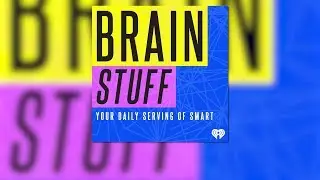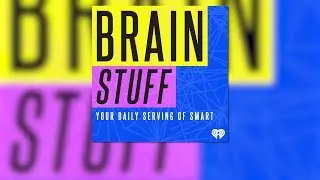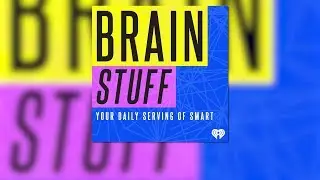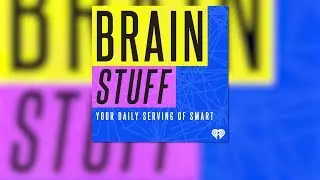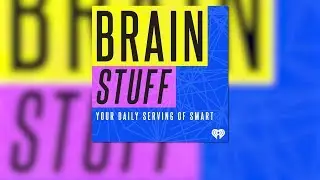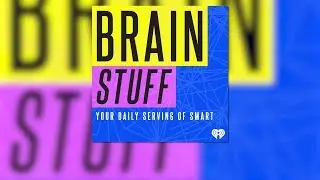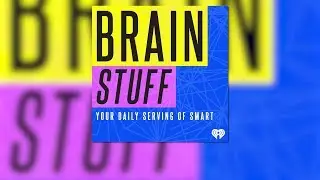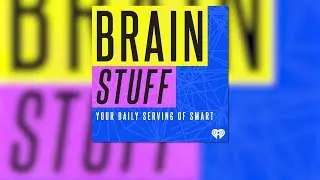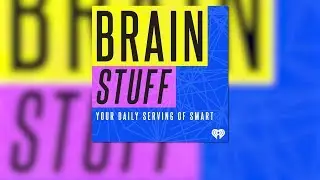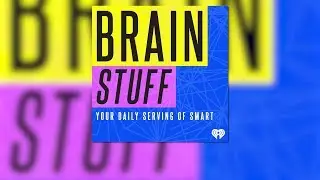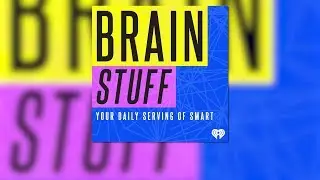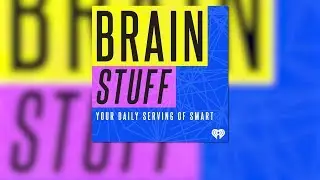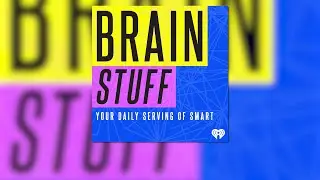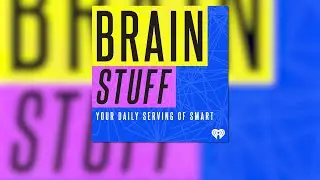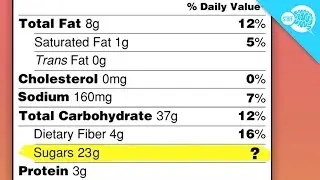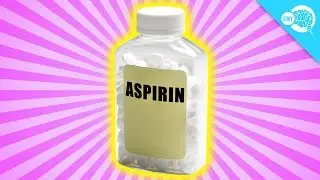What Is Synesthesia?
It’s true – some people hear colors, or taste words. But what produces synesthesia?
Learn more at HowStuffWorks.com:
http://science.howstuffworks.com/life...
Share on Facebook: https://goo.gl/jowIii
Share on Twitter: https://goo.gl/is4WqA
Subscribe: http://goo.gl/ZYI7Gt
Visit our site: http://www.brainstuffshow.com
Have you ever heard a color or smelled a sound? If so, don’t worry: you’re not alone. Instead, you’re part of a group I consider superpowered- you have synesthesia.
Or you’ve done some crazy drugs. Maybe that’s a different episode?
Anyway, when people with synesthesia experience input from one sense, it results in the experience of another sense. So, if you’re a synesthete like author Vladimir Nabokov, you would associate letters with colors – grapheme-color synesthesia.
And there are different types of synesthesia. Nabokov called his “color hearing”. This grapheme-color stuff is the most common type, but synesthesia can occur between just about any combination of senses or cognitive pathways.
And not everyone will experience the same type of synesthesia the same way. So while the soft “ah” sound always seems fire-engine red to one synesthete, it may be cobalt blue for others. Some people with this condition see music – which sounds kind of beautiful, when you think about it.
There are less common types, such as lexical-gustatory. People with this condition taste certain flavors, dishes or entire meals based on a picture, word or sound. Smells could have colors and shapes, too. The list goes on.
So, this is all fascinating, but how do people get it? Researchers are still working on that one, but they believe the condition tends to be somewhat inherited or genetic, as about 40% of synesthetes have a close relative with synesthesia. Most synesthetes recall having the condition for as long as they can remember.
It might sound like people have just made mnemonic connections with sounds, colors or so on, but research shows it is a genuine sensory phenomenon, rather than a memory exercise.
For example, if we drew the number five all over a piece of paper – scattered with a few twos, forming a triangle – most people would have a hard time seeing it. They’d have to look closely to search for the twos, and then slowly construct the shape. But a grapheme-color synesthete can see this triangle almost instantly.
Researchers think that synesthesia is a kind of cross-wiring in the brain. In grapheme-color synesthetes, seeing a number stimulates your grapheme region and the area of your visual cortex that responds to color stimuli.
One theory is that there are increased neural connections in the brain of synesthetes that could've been the result of less "neural pruning" while in utero. Even cooler is that there might be actual anatomical differences in the brains of synesthetes, like increased white and gray matter in the brain.
One bit of sad news for all the non-synesthetes. Although one study did find that some exposure to color-letters built up their association, the effect didn't last. So people can’t just “catch” synesthesia.
But, hey, it’s not like all synesthetes have a great time. It can be uncomfortable to see a number in the "wrong" color. And one lexical-gustatory synesthete also said that if a certain name doesn't taste “right” to him, he has a hard time liking the person it's attached to.
Kevin.
And it’s time to talk about drugs. Don’t act like you didn’t know this was coming. Hallucinogens might be one way that synesthesia can be "manufactured." Several drugs can produce vivid synesthesia in non-synesthetes, which might be a key to understanding the condition.
One researcher has posited that in non-synesthetes, information in a multisensory area travels back easily to its single-sense area, but in synesthetes it gets a bit mixed up along the way. Hallucinogens may temporarily alter the user’s neurochemistry, confusing those existing connections.
I mean, let’s face it, going to a concert might be pretty amazing for people with visually-associated synesthesia.
SOURCES:
http://science.howstuffworks.com/life...
http://videos.howstuffworks.com/scien...
http://videos.howstuffworks.com/disco...
http://videos.howstuffworks.com/scien...
http://www.stuffyoushouldknow.com/blo...
http://www.livescience.com/169-rare-r...
![Lida, Серега Пират - ЧСВ [СНИППЕТ 30.01.24]](https://pics.providosiki.ru/watch/zulRZEwgcvk)








